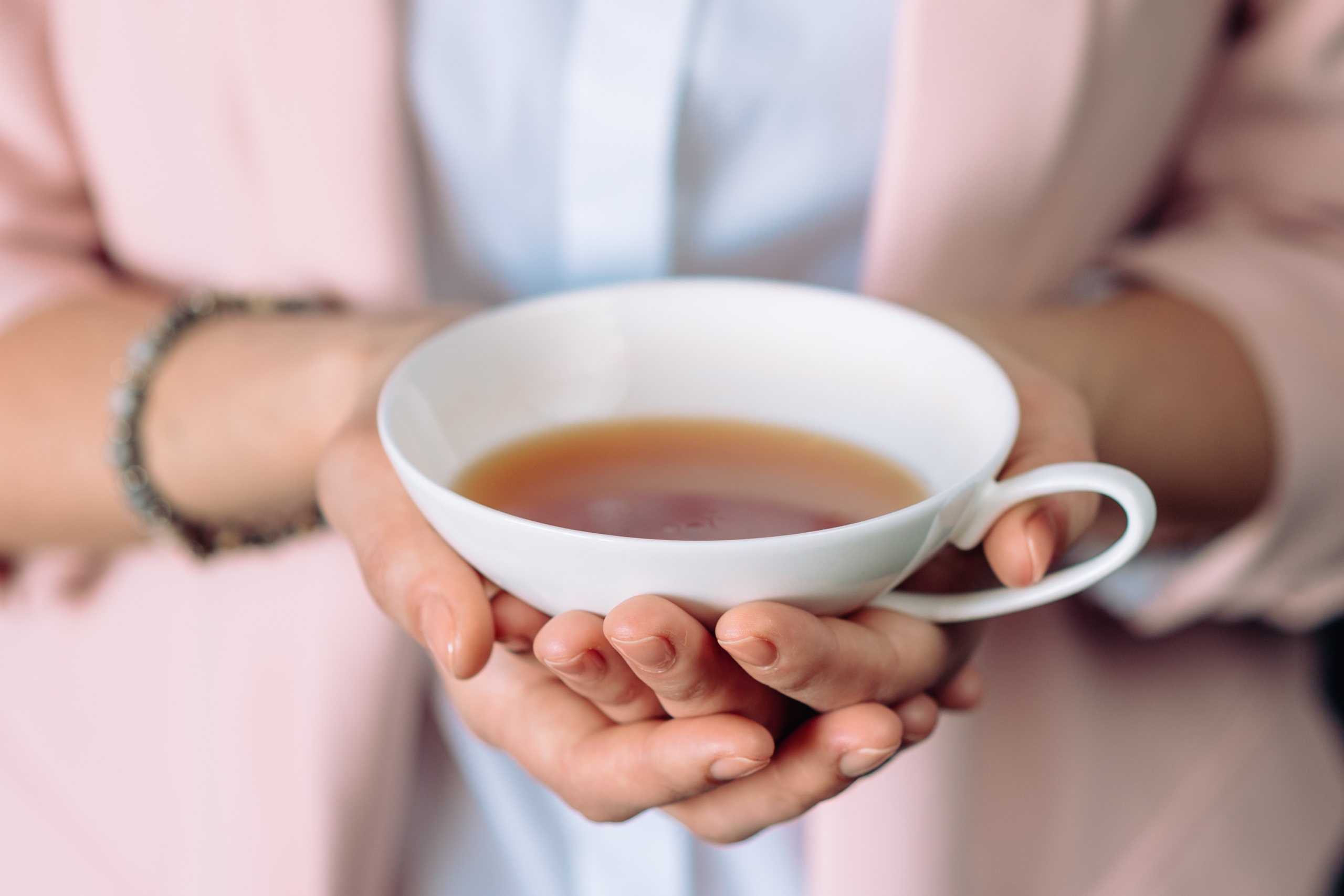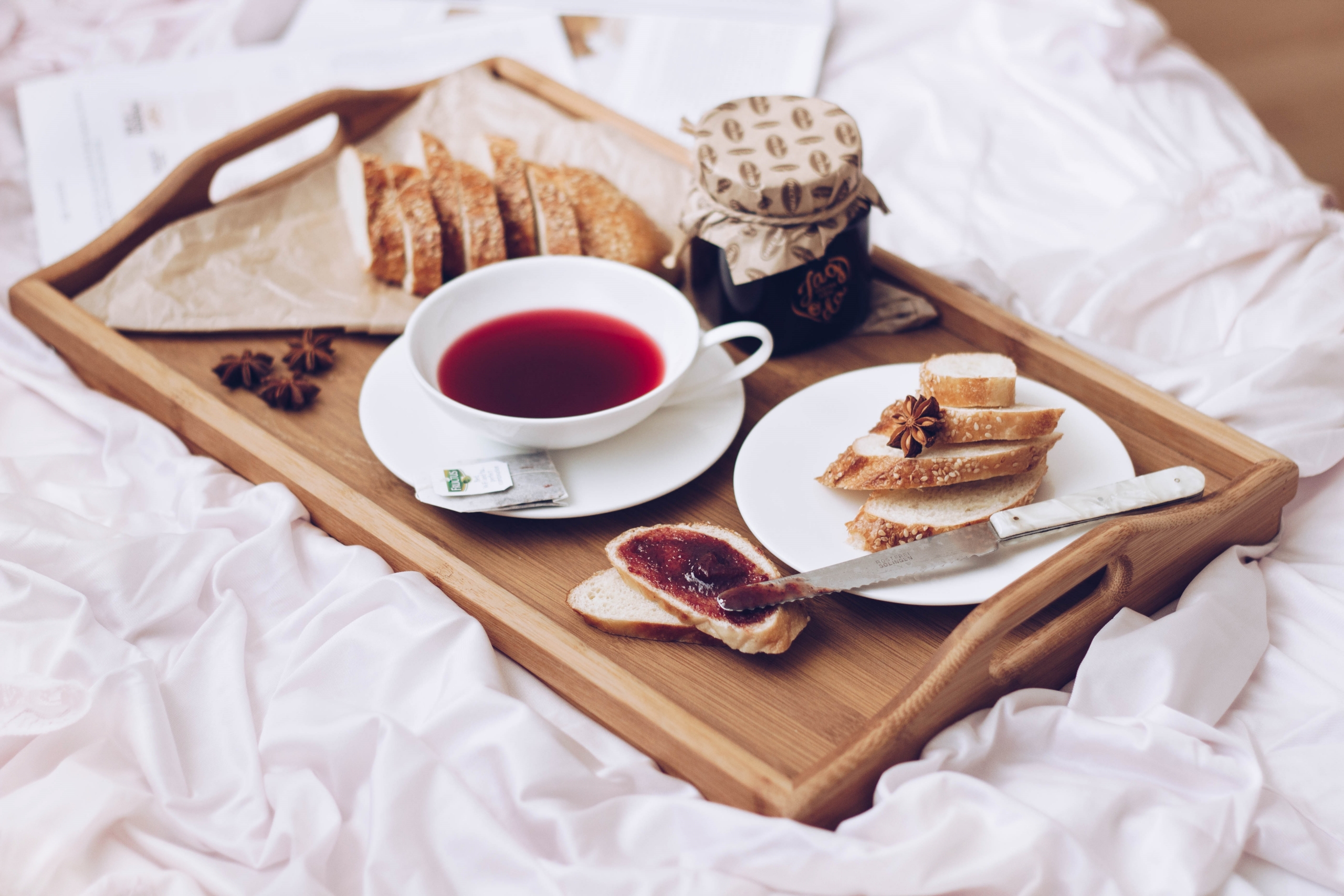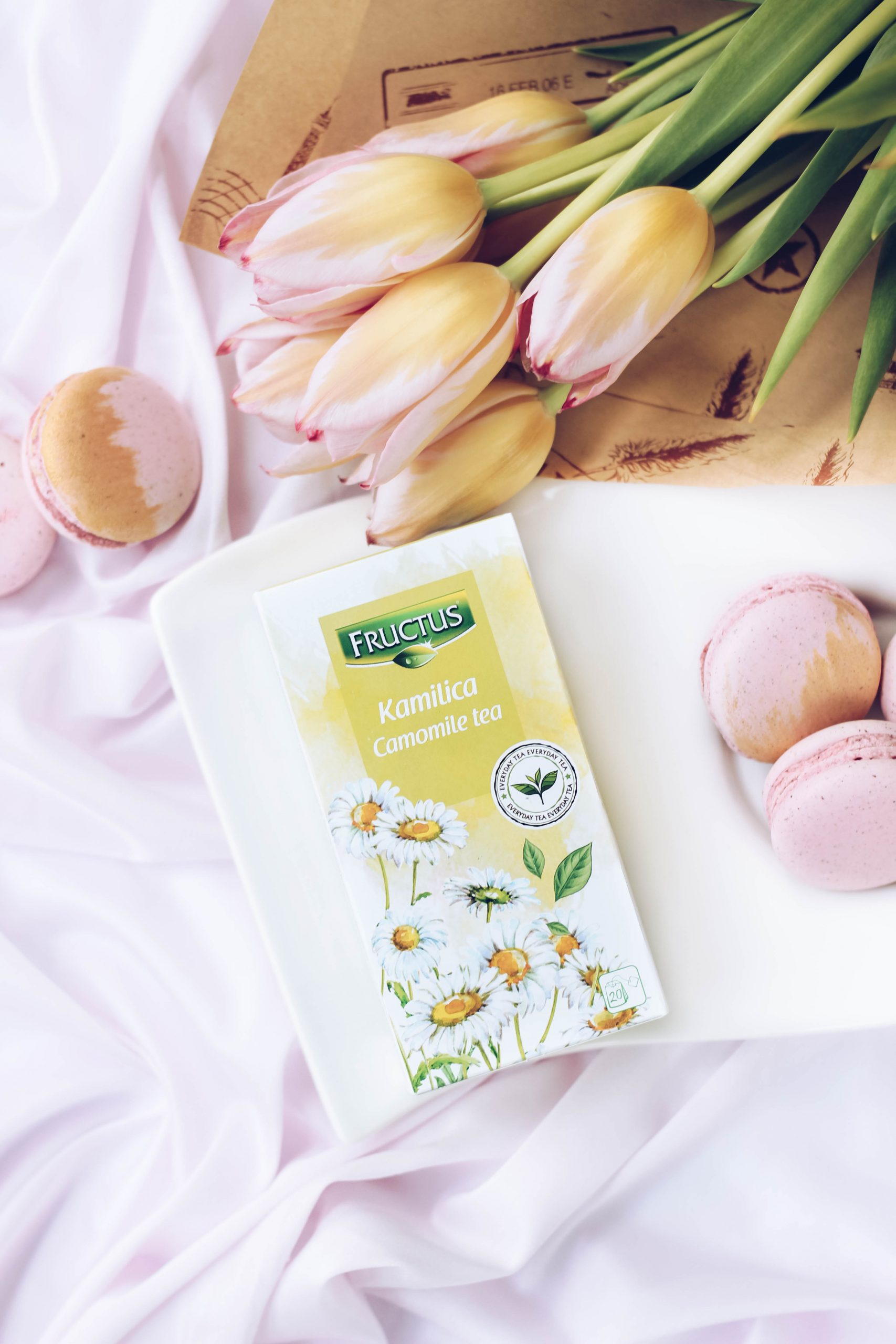There are a handful of interesting things when it comes to the History of Tea, starting from its origin and the very ritual of drinking. We will single out some of the more interesting ones.
- The first Tea did not have many similarities with the Tea we know today, both in Appearance and in the Method of Preparation. The oldest Tea was in the form of cookies or briquettes. Before use, the briquettes were kept over a fire to soften, and then they were crumbled and boiled in water to which Rice, Ginger, Orange peel, Milk and some other spices were added. Such Tea was more like a kind of soup than a beverage.
- The United Kingdom is most responsible for spreading the custom of drinking Tea around the world.
- The popularity of Tea in Britain rose very fast, and demand for it was so great that in addition to its smuggling, Tea counterfeiting also took off. The leaves of other plants were dyed in Green Tea by some sellers – and sold as Green Tea, however, the dye they used was poisonous. Black Tea was harder to counterfeit, so the demand for it increased significantly.
- It is believed that the famous British custom of “Five o’clock Tea” was invented by Anna, the seventh Countess of Bedford. On a long rainy English afternoon, she offered her guests some tea, sandwiches and cookies during a bridge party. This custom also had a great social significance because monotonous afternoons were turned into something interesting, pleasant and different.
- As many as 2.5 billion cups of tea are drunk every day in the world.
- Black, Green, Indian, Russian – these are just some of about 1500 different Tea tastes from the four basic tea groups: White Tea, Green Tea, Black and Oolong Tea.
- In Serbia, especially in Belgrade, tea came into vogue only at the end of the 19th century, and the custom of gathering at Tea Parties was maintained with greater or lesser interruptions, until the Second World War. Following the example of Western Europe, richer families organized Tea Parties as a social event. People used to exert themselves not only that service and Tea Service were according to European standards, but they also took care of appropriate clothes, nice manners and appropriate conversation topics. Initially, Tea Parties were organized only during the early afternoon and were reserved exclusively for women’s company. Later, the custom of extending these gatherings until the evening hours became established, so the husbands also were able to take part in them after returning from work.
After the Second World War, Tea Parties as a form of gathering completely disappeared from the social scene in Serbia, and the return or re-arrival of tea in Serbia almost coincides with the beginning of the new millennium. It is only in the last ten years that interest in tea has re-emerged.
Source: Book “Green and Black – The Story of Tea”




